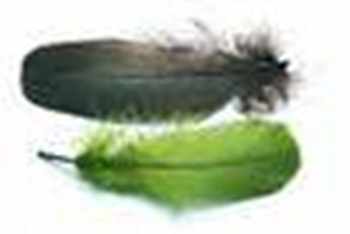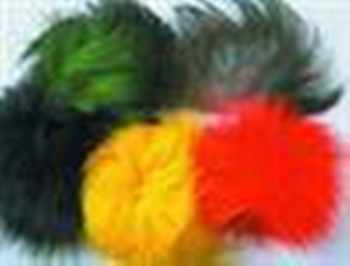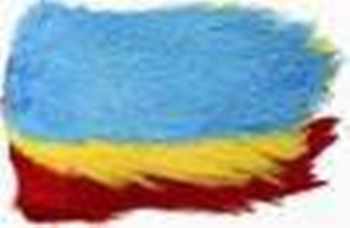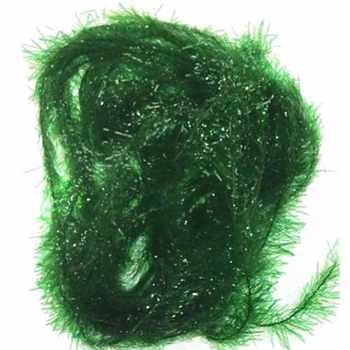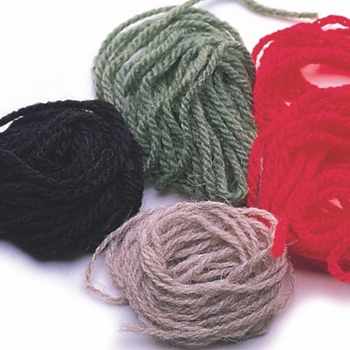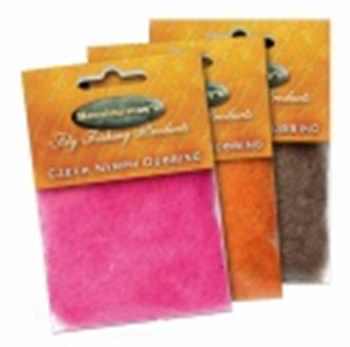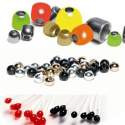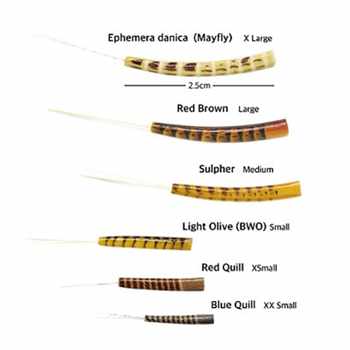Royal Wulff Fly Pattern Tie or Buy
16 February 2015
Royal Wulff Fly Pattern
The Royal Wulff is one of those great attractor fly patterns, not imitating a specific fly in nature, it is a great fish catcher. Catching all over the globe this fly is fished with the following techniques:
- as a single dry fly on a tapered leader,
- as part of a New Zealand rig where the highly buoyant Royal Wulff supports a buzzer or nymph searching across riffles on rivers or
- as a sight fly with an ultra small midge pattern, for example an F Fly where the Royal Wulff fly pattern acts as a attractor fly pattern in its own right and as a bit indicator for the ultra small F Flies or micro dry flies
Royal Wulff Fly Tying Materials
| Hook: | Standard Dry fly hook sizes 8 to 18 | |
| Thread: | Try UNI Thread 8/0 Black, Semperfli Nano Silk 50D 12/0 Black (GSP) or Black Spyder thread 18/0 | |
| Rib: | None | |
| Bead: | None | |
| Legs: | None | |
| Thorax: | None | |
| Thorax Cover: | None | |
| Wing: | White calf body hair for large flies or for smaller flies Veniard white polypropylene or Predator Fibres Polar Bear (Semperfli alternative to Puglisi Winging material) | |
| Wing Post: | None | |
| Wing Case: | None | |
| Collar: | None | |
| Hackle: | Natural red (depp) cock hackle try Veniard Short CockNeck Hackles or check our fly tying saddles and capes | |
| Tail: | Moose Mane Hair or Natural Deer Hair | |
| Body: | First third is Peacock Herl, 2nd third Red Thread try Fluoroescent Fluoro Brite Red #4 or and last third Peacock Herl |
Royal Wulff Fly Pattern Step By Step Tying Difficulty 4/5
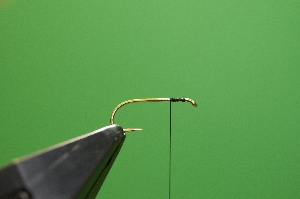 | Wrap on a base layer of tying thread to the dry fly hook |
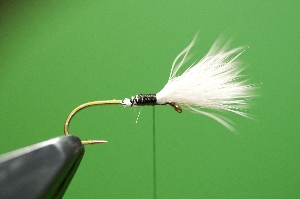 | Take a pinch of wing hair calf fibres or polypropylene in a hair stacker. Offer up in the way they are to be tied in tapering the fibres to maintain a smooth taper |
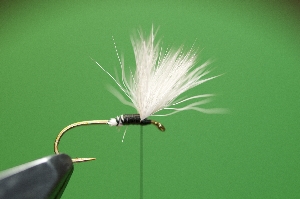 | Lock the wing in an upright position with thread at the front of the thick cut butts |
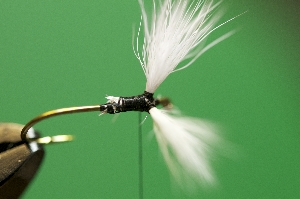 | Divide the wing into equal halves, seperate by crossing the fly tying thread and circling each wing base locking the wing into an upright position |
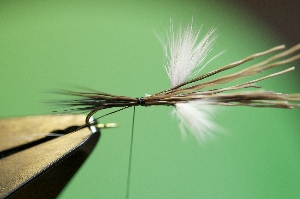 | Take 6 to 8 moose fibres, tap into alignment and tie in immediately after the wing. Step cut to maintain a smooth body taper |
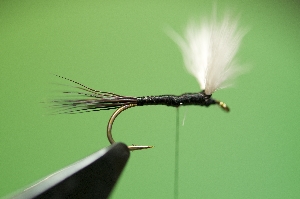 | Wrap more thread onto the body to maintain a smooth taper |
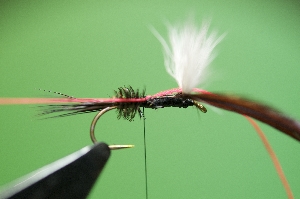 | Tie in a strand of peacock herl and wrap around the bottom third of the body. Tie in fluorescent body thread |
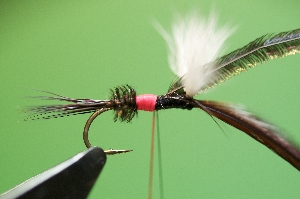 | Wrap red fluorescent thread to form a small hump for the middle third of the body, tie off the fluoroescent thread and tie in peacock herl and a short red cock hackle. |
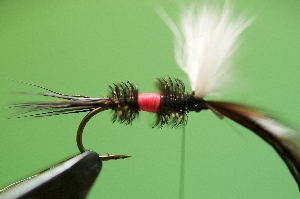 | Wrap the peacock herl around the top third of the body |
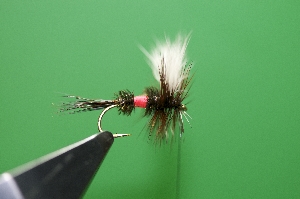 | Wind the hackle from the rear of the wing forward through the wing in touching turns |
 | Tie off and whip finish |
Wulff Pattern Fly Variations
The Wulff fly pattern is available in a variety of different fly variations as follows:





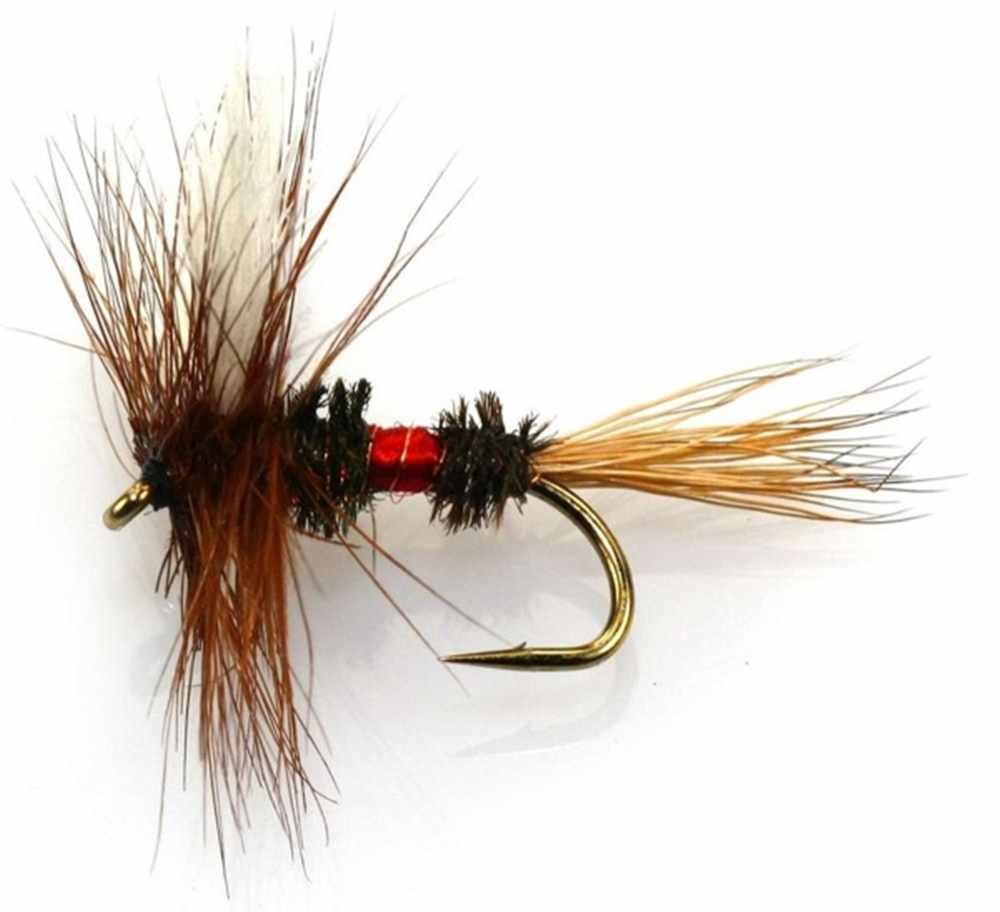
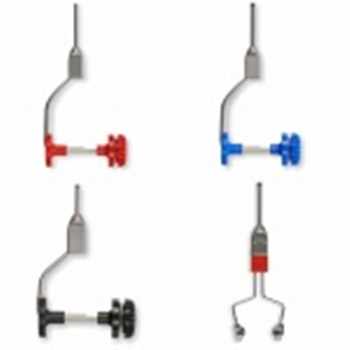
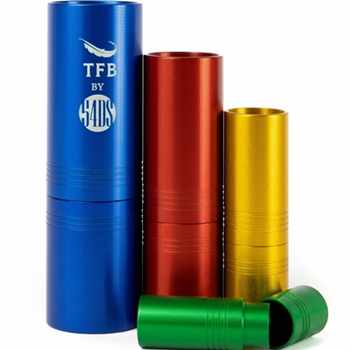


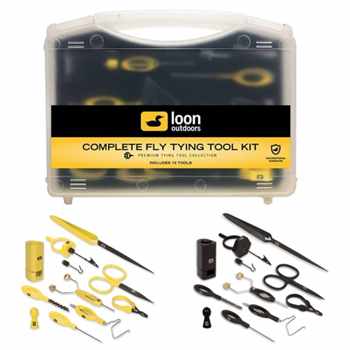
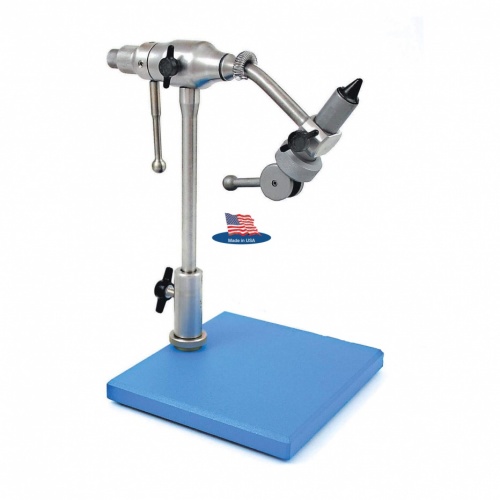
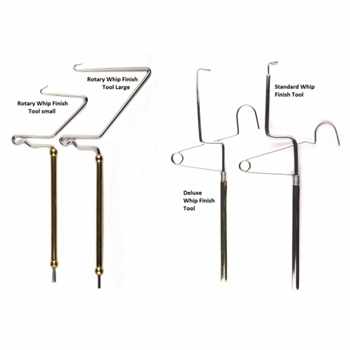
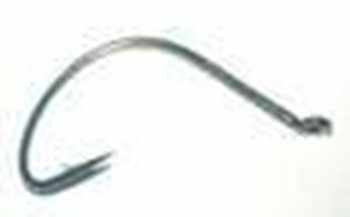
.jpg)
